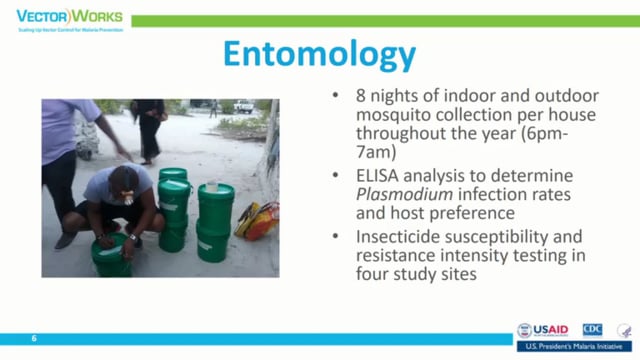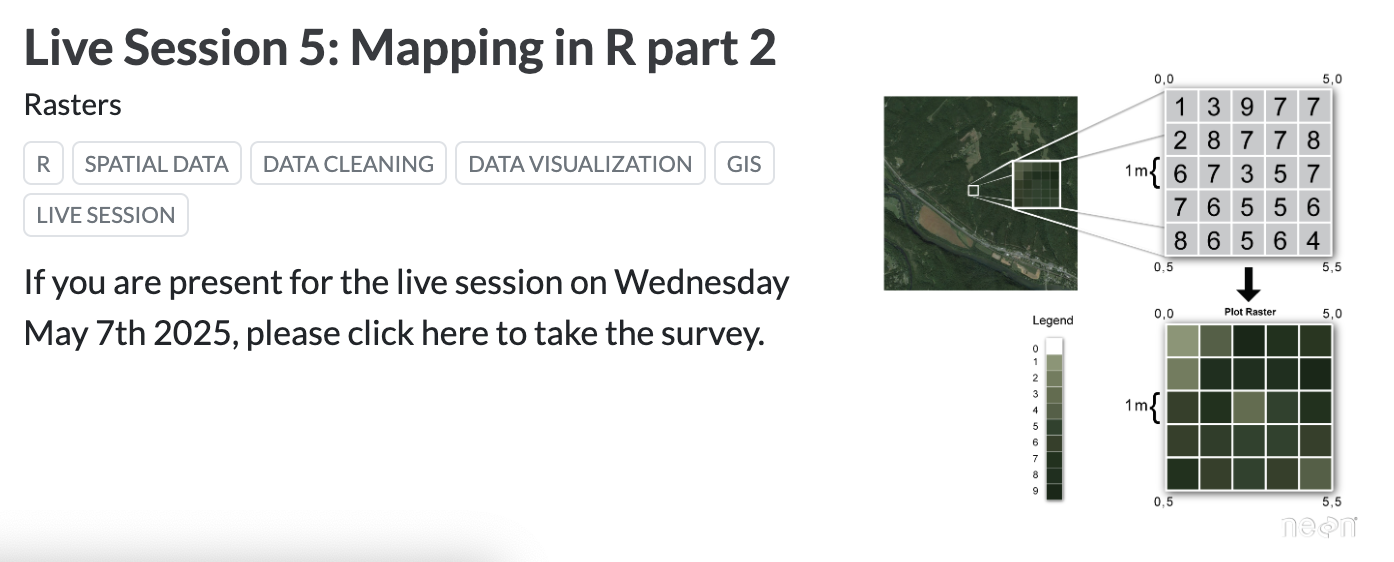ASTMH 2018, Khamis Haji: “Investigating the magnitude and drivers of residual malaria transmission in Zanzibar”
Collaborator(s): Zanzibar Malaria Elimination Programme (ZAMEP), Tanzania
Countries: Tanzania
Published: 01/11/2018
In collaboration with ASTMH, Image Audiovisuals, and session presenters, MESA brings you this webcast from the 67th ASTMH annual meeting in New Orleans, October 2018
Title: “Investigating the magnitude and drivers of residual malaria transmission in Zanzibar”
Speaker: Khamis Haji, Zanzibar Malaria Elimination Program, Zanzibar, Tanzania
Session information:
November 1, 2018, 8:00 AM – 9:45 AM, Marriott – Mardi Gras D (3rd Floor)
Abstract:
Vector control interventions, namely long-lasting insecticide-treated nets and indoor residual spraying, have contributed to significant reductions in malaria cases and deaths worldwide. While the malaria field has experienced consistent progress, for the first time in years, these gains have leveled off. Evidence is urgently needed to better understand the fundamental limits of core interventions and to guide the prioritization of interventions to target transmission that persists in the context of high vector control coverage. This session will bring together a diverse panel of speakers to present results from recent studies in Africa, the Americas, and Western Pacific Regions. The presentations will highlight key issues contributing to ongoing malaria transmission including residual malaria transmission, insecticide resistance, and implementation quality. Vector metrics such as biting and feeding behavior, transmission dynamics, and species composition, as well as human factors such as nighttime activities, sleeping patterns, migration, use of prevention measures, and the human infection reservoir will be discussed. The session will also feature innovative methods used for measuring and characterizing transmission drivers. Finally, this session will describe the latest toolbox of vector control technologies and interventions available now and in the pipeline. This will include findings from transmission modeling on optimizing combination vector control across diverse eco-epidemiological settings.
THEMES: Residual Transmission


